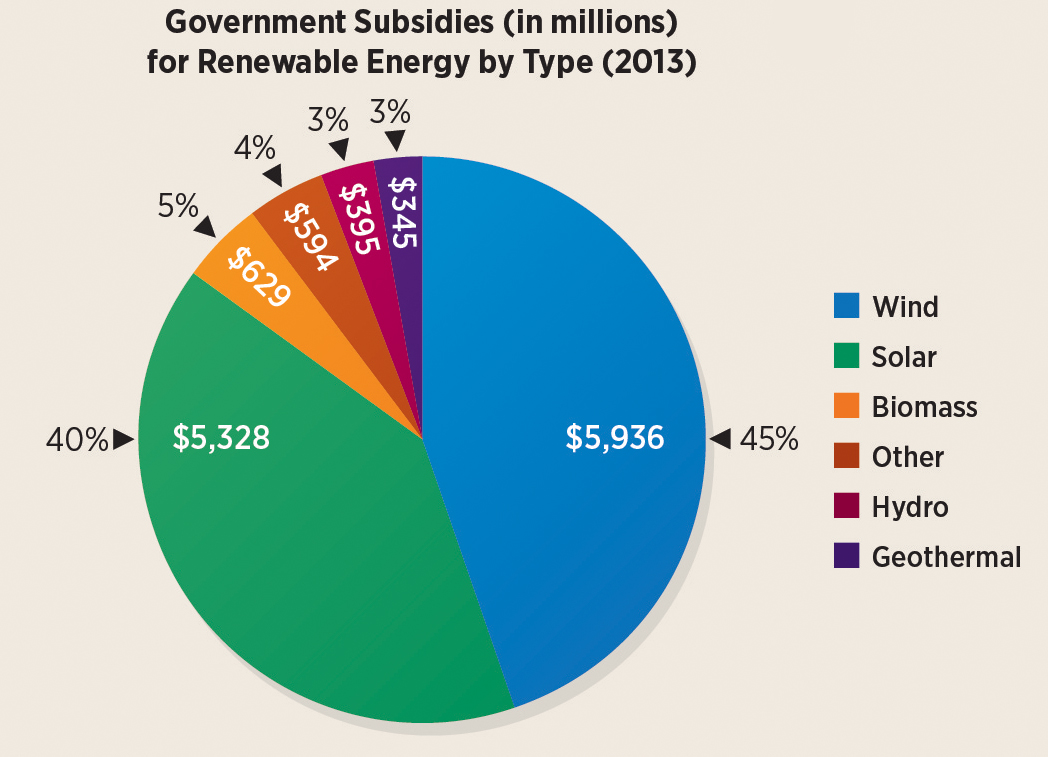85
Price Controls and Supports in the Economy Today
Efficient markets are an essential part of modern societies. However, sometimes governments intervene in markets to address equity concerns. The use of price controls and price supports is a common way of intervening in markets, as the following illustrates.

The average tuition at public universities in the United States (for in-

The use of renewable energy has increased in recent years as the government provides subsidies to offset the higher initial costs compared to fossil fuels. However, as more consumers use renewable energy over time, costs should fall, allowing the industry to become less dependent on government subsidies.


Over half of U.S. states have a statewide minimum wage higher than the federal minimum wage of $7.25 per hour.
The By the Numbers — Do It Yourself! Lab Activity will explore state-
The By the Numbers — Do It Yourself! Lab Activity will explore state-

Certain agricultural crops are protected by price supports (price floors), with the difference from their market prices paid by the U.S. government.
86